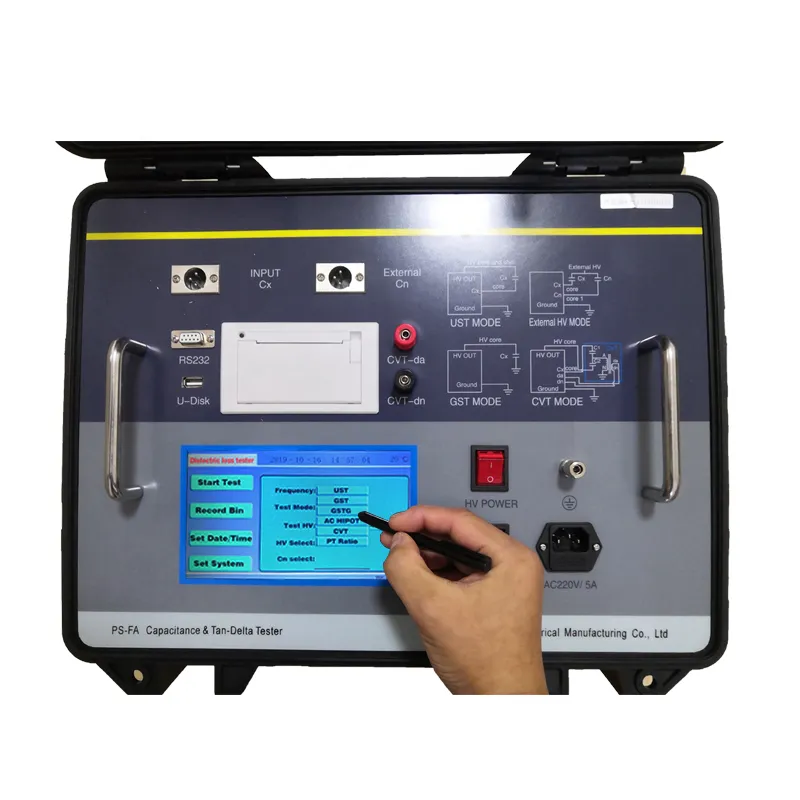 English
English


Understanding the Functionality and Benefits of Off-Load Tap Changers in Electrical Systems
Understanding Off-Load Tap Changers
Off-load tap changers (OLTCs) are crucial components in electrical power systems, specifically in transformers used for adjusting voltage levels. They ensure a stable supply of electricity by enabling technicians to manage and optimize transformer operations, particularly under varying load conditions. This article explores the significance, operation, and advantages of off-load tap changers.
What is an Off-Load Tap Changer?
An off-load tap changer is a mechanical device used to alter the turns ratio of a transformer while the transformer is de-energized. Unlike on-load tap changers, which can adjust the voltage while the transformer is still in operation, off-load tap changers require the transformer to be offline to implement changes. This design allows for safe and controlled adjustments of the winding turns, thereby modifying the output voltage without risking damage to the equipment or safety hazards.
The Operation of Off-Load Tap Changers
The operation of an off-load tap changer involves several steps and mechanical principles. It features a selector switch, which allows operators to choose different tap positions corresponding to varying voltage levels. The operator can manually select the appropriate tap position to achieve the desired voltage output. The process typically includes the disconnection of the transformer from the power grid, adjustment of the tap position, and then reconnection to the supply.
Implementing an off-load tap changer involves several key components, including
1. Tap Selector Switch This switch determines which tap connection is active, allowing changes to the transformer’s electrical characteristics.
off load tap changer

3. Insulation Proper insulation is essential to ensure that the tap changer operates safely when the transformer is off.
Advantages of Off-Load Tap Changers
1. Simplicity and Reliability Off-load tap changers are often simpler in design compared to their on-load counterparts, making them more reliable in certain applications. Their construction can be less complex, leading to easier maintenance and potentially lower costs.
2. Cost-Effectiveness For transformers that do not require frequent voltage adjustments, off-load tap changers can be more cost-effective. They eliminate the need for high-performance mechanisms designed to operate under load, thus reducing overall manufacturing and maintenance costs.
3. Safety Since adjustments are made while the transformer is offline, the risk of electrical faults or accidents is minimized. This feature makes off-load tap changers a safer option in scenarios where maintenance is necessary.
4. Versatile Applications Off-load tap changers are commonly used in substations, industrial applications, and generator-transformer setups where adjustments do not need to be frequent or immediate.
Conclusion
Off-load tap changers play an essential role in the effective management of electrical transformers. They provide a practical solution for optimizing voltage levels and ensuring the safe operation of power systems. While they require the transformer to be offline for adjustments, their simplicity, reliability, and cost-effectiveness make them an appealing choice for various applications. Understanding the functionality and advantages of off-load tap changers allows engineers and technicians to make informed decisions regarding transformer operation and maintenance, ultimately contributing to a more efficient power distribution system.
-
Differences between open cup flash point tester and closed cup flash point testerNewsOct.31,2024
-
The Reliable Load Tap ChangerNewsOct.23,2024
-
The Essential Guide to Hipot TestersNewsOct.23,2024
-
The Digital Insulation TesterNewsOct.23,2024
-
The Best Earth Loop Impedance Tester for SaleNewsOct.23,2024
-
Tan Delta Tester--The Essential Tool for Electrical Insulation TestingNewsOct.23,2024





